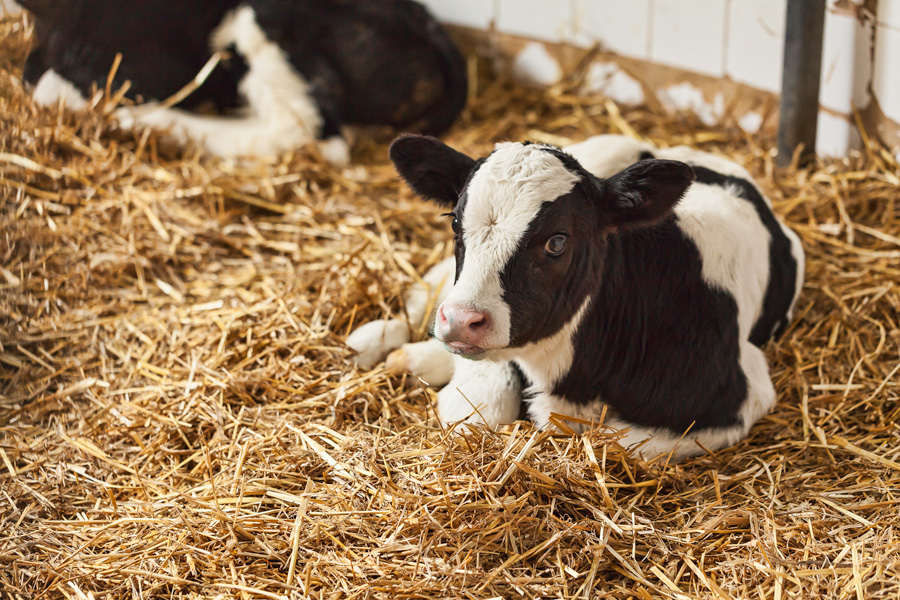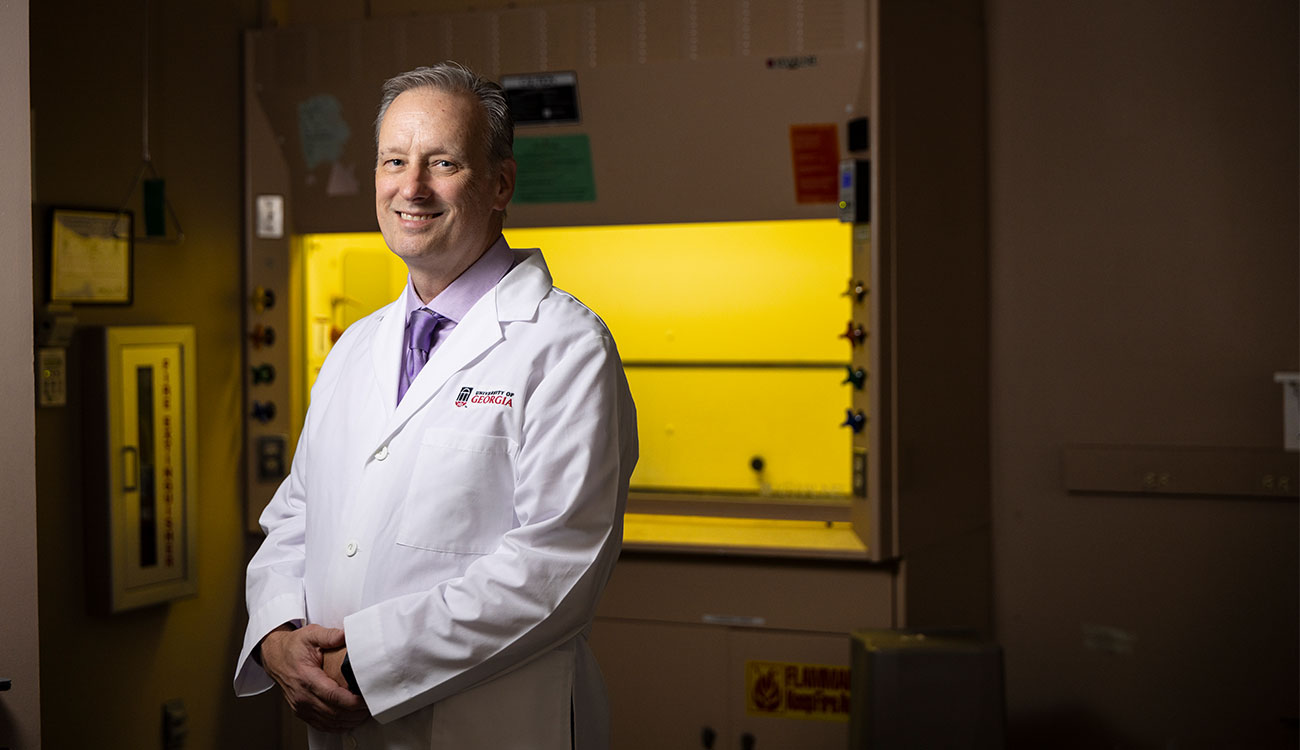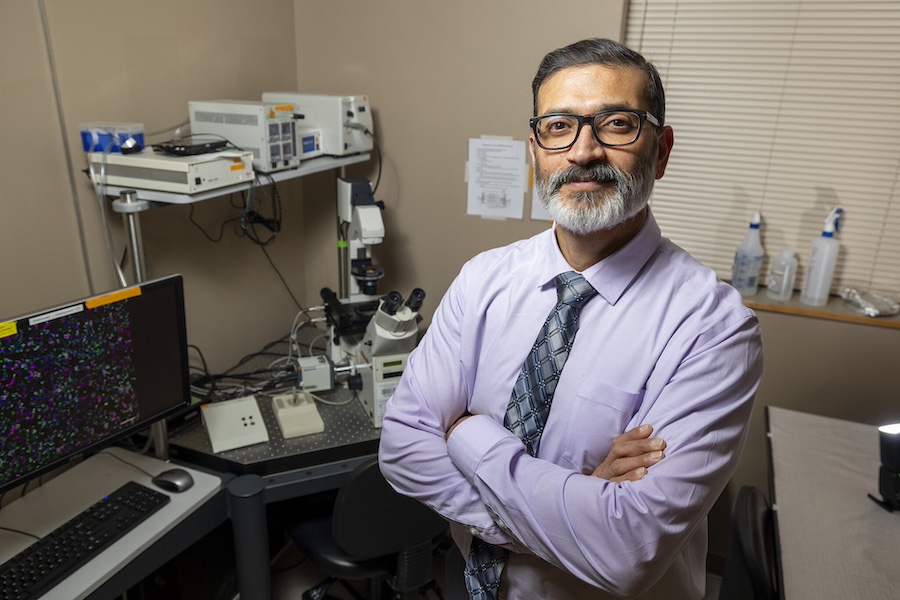
Pregnancy diagnosis is an important part of reproductive management in productive beef cow-calf operations. Open cows decrease profitability as they utilize similar resources as pregnant cows without producing a marketable calf to justify these costs. With the move toward more efficient operations and inclusion of artificial insemination (AI) and other reproductive technologies in cattle production, abstaining from pregnancy diagnosis may no longer be economically viable or practical. Establishing a pregnancy diagnosis program allows for the detection of cows that are not pregnant and allows producers to make management decisions to increase reproductive efficiency, such as culling of infertile females or resynchronizing females that are open. Although the economic benefits of incorporating pregnancy diagnosis are clear, the rate of adoption by beef cow-calf operations is considerably low in the United States. This article provides an overview of the different methods available (rectal palpation, transrectal ultrasound, and blood tests) for pregnancy diagnosis and provides a practical description of how to implement these methods.

Published by University of Georgia Cooperative Extension. For more information or guidance, contact your local Extension office.
The University of Georgia College of Agricultural and Environmental Sciences (working cooperatively with Fort Valley State University, the U.S. Department of Agriculture, and the counties of Georgia) offers its educational programs, assistance, and materials to all people without regard to age, color, disability, genetic information, national origin, race, religion, sex, or veteran status, and is an Equal Opportunity Institution.
Status and Revision History
- Published on February 22, 2022
What is a Bulletin?
Bulletins represent a major writing effort and cover a broad subject area. They address individual topics in a particular discipline for a specific commodity.
Written and Reviewed by Experts
This resource was written and reviewed by experts. Click below for more information on how we produce science you can trust.






